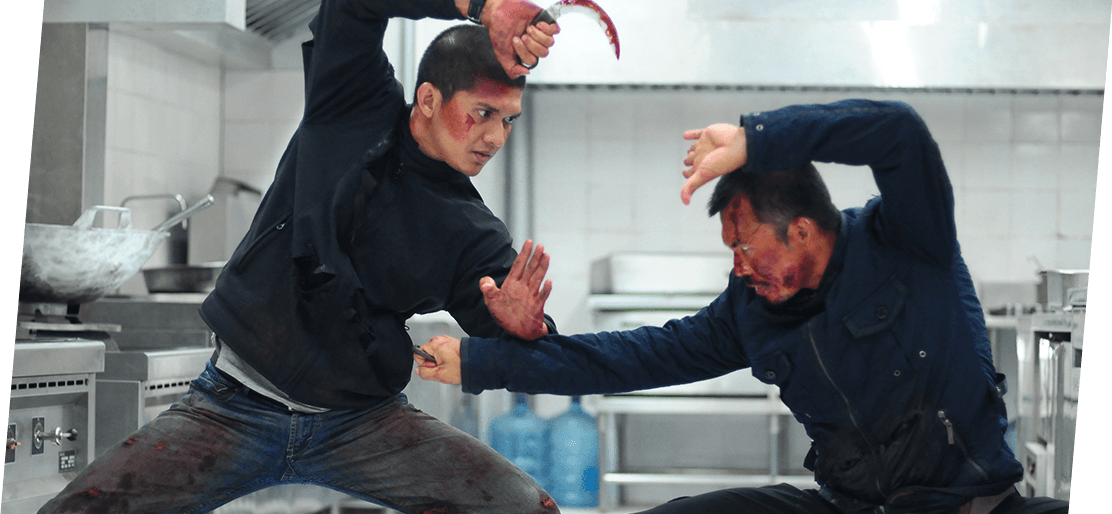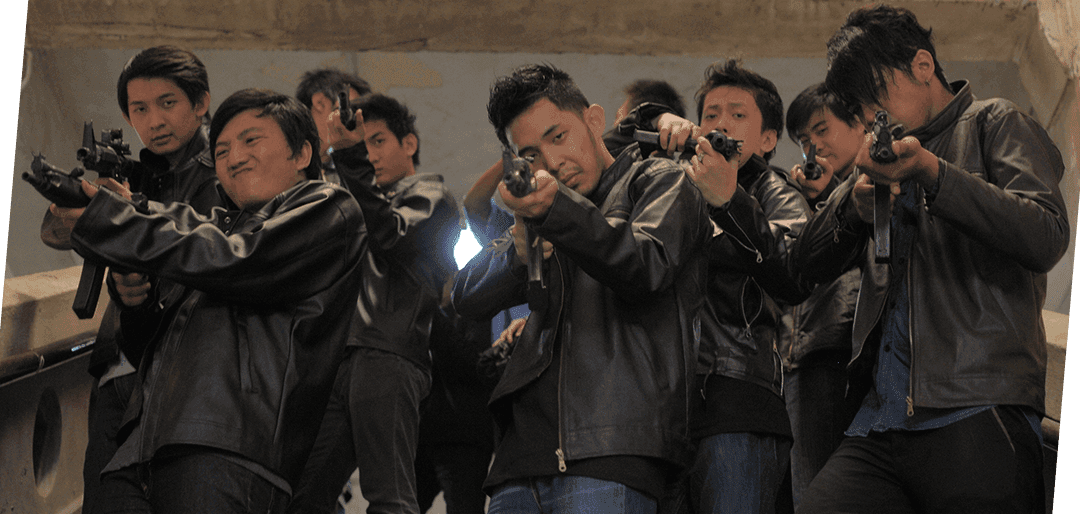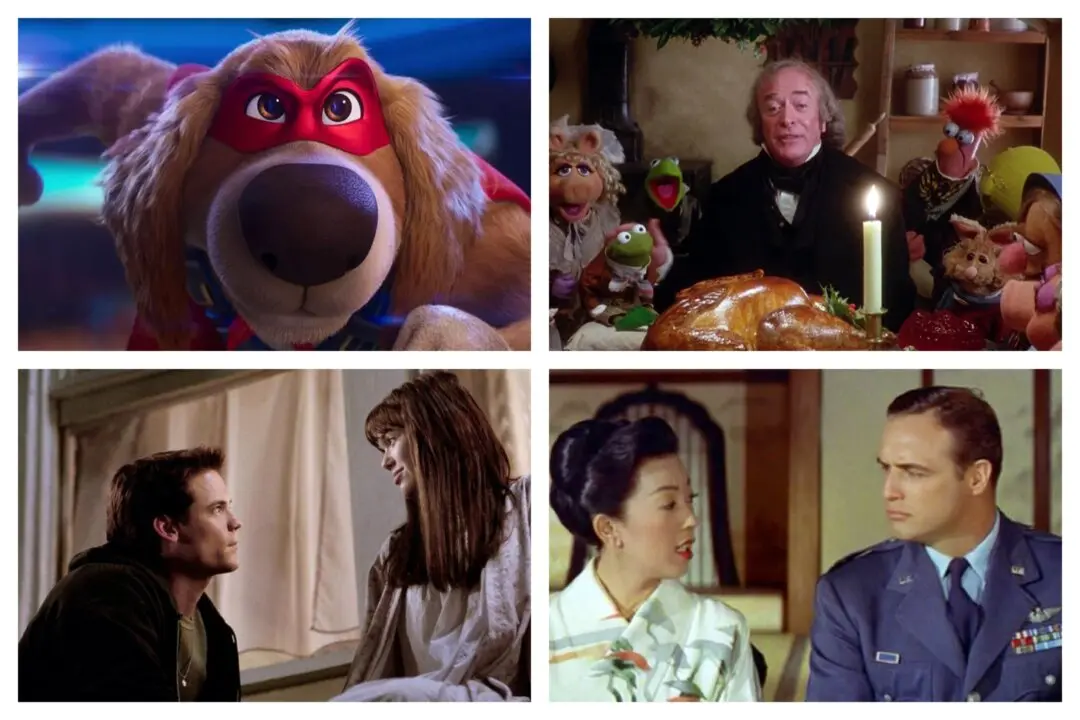Many fellow action film lovers that I talk to lament the 1980s as being the last great decade of action movies and action movie heroes. Some have said that part of the hyper-violent and over-the-top nature of 80s films such as the buddy cop classic Lethal Weapon (1987), and Commando (1985), were in response to new anti-terrorism legislation, and tougher laws against violent crime in the US and in part this may be true. But in fact, action films had begun to take on a drastically different color, mainly blood red, a full decade earlier.
When the Motion Picture Association of America abandoned the Motion Picture Production Code in 1968 in favor of a scaled “letter” rating system, there suddenly was more freedom for filmmakers to explore more graphic themes and content. This ushered in a new era of motion pictures in which supposedly mature audiences no longer just heard a bang from a gun, and see someone topple over as a result, but they could now revel in seeing not only a hole appear where the bullet hit, but blood spurt out from the wound.
Hence, the once highly popular cowboy film genre, with its bloodless shootouts and nudity-free romance scenes, started to begin their downward trajectory. These gave way to films starring gritty, squinty-eyed monarchs of brutality such as Clint Eastwood and Charles Bronson, expediting bad people’s expiration dates with a ferocity never before seen up to then, in films such as Dirty Harry (1971), and Death Wish (1974). These spurred on a trend that continues to this day, in which determined men take the law into their own pistol grasping hands and mete out justice, which usually results in gallons of blood splashing across the screen and untold numbers of perforated corpses.
Meanwhile, visionary action directors such as John Woo were creating bullet ballet masterpieces in Hong Kong, such as A Better Tomorrow (1986), and The Killer (1989). Watching these great films was akin to enjoying a secret treat since it took quite a while for Western filmmakers to catch on to the hyper-kinetic pacing and undeniable style that these works offered.
When Hollywood imported this highly valuable foreign commodity in Mr. Woo, the latter expressed bafflement at management concerns within its more structured system. He found it more restrictive than in Hong Kong. A director who wanted to change a scene in order to make it fit better, it could be done on the fly, and that how in Hollywood, one had to go through all sorts of officious channels, just to make a small change. Woo eventually returned to Hong Kong to make movies.
While we might not be in a time where epic Hong Kong blood operas such as Hard Boiled (1991) come out every year, there are a few that are being released that are giving me hope that we will again witness truly engrossing super-action films again. Two such films are The Raid: Redemption (2011), and its recent sequel, The Raid 2: Berandal (2014), both directed by Welshman Gareth Evans, who coincidently cites John Woo as one of his inspirations.
Eschewing the more straight-ahead martial arts movie theme of the first movie in favor of a more crime thriller/actioner appeal, the gritty drama plays out smoothly as the principle “good guy” character of both films, Iko Uwais, who risks his life as he goes into deep cover in order to try to take down a treacherous crime family. Also not as prevalent are the more claustrophobic settings of the first film, which almost took place entirely in a drug infested tenement building.






